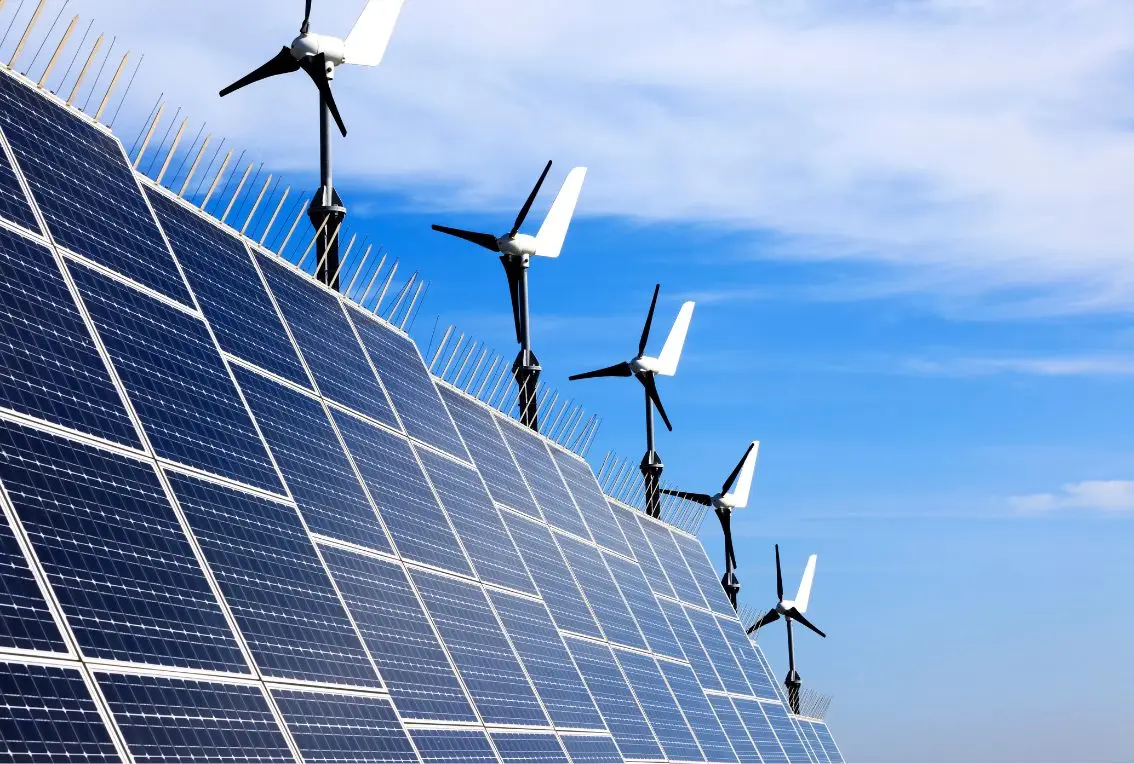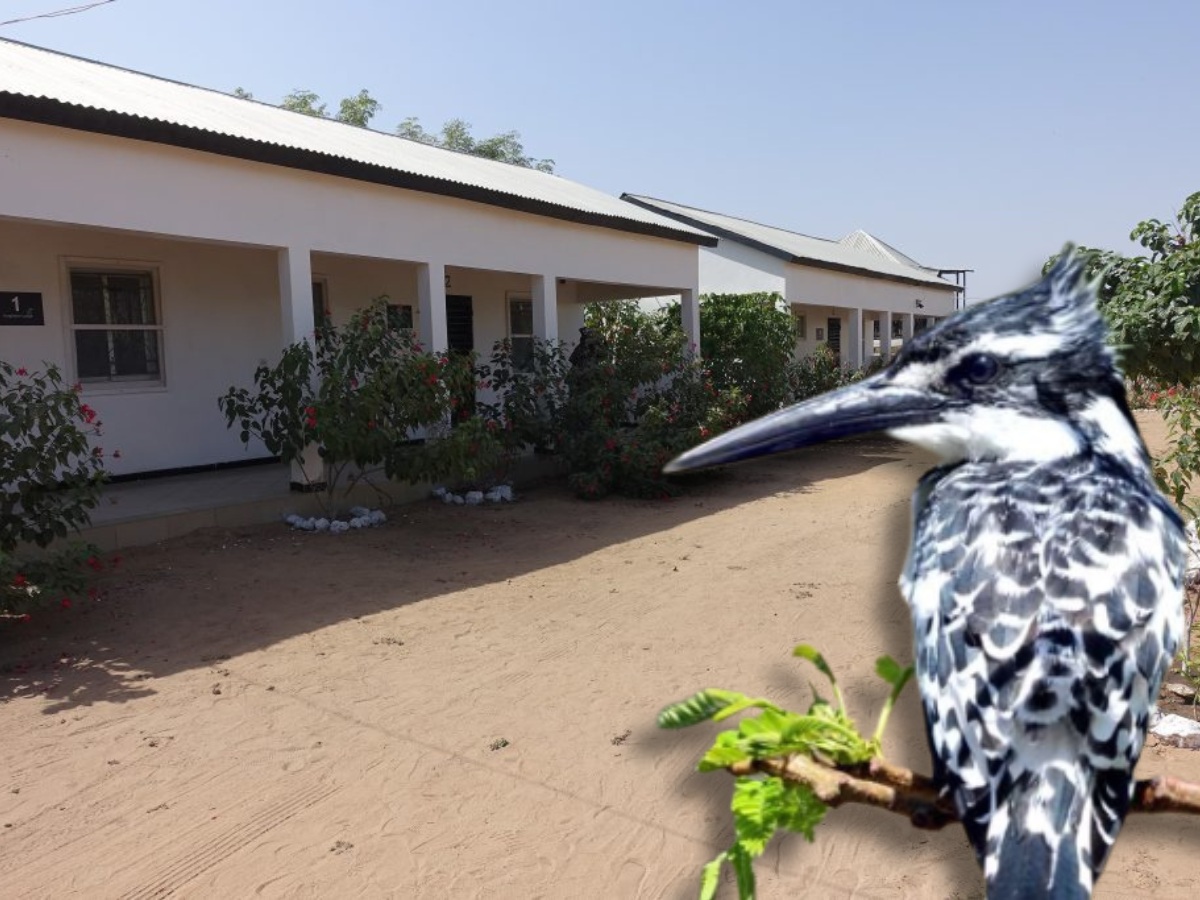
The Gambia, a small West African nation known for its vibrant culture and stunning coastline, is on the cusp of an energy revolution. As the country continues to develop and urbanize, the demand for reliable and sustainable power has never been more pressing. Fortunately, The Gambia is blessed with abundant renewable energy resources, particularly solar and wind, offering exciting opportunities for investors and entrepreneurs alike.
The Current Energy Landscape
To understand the potential for renewable energy in The Gambia, it’s essential to first examine the current energy situation. Like many developing countries, The Gambia has struggled with energy security and access. As of 2023, only about 60% of the population has access to electricity, with significant disparities between urban and rural areas. The national grid, primarily powered by diesel generators, has been plagued by frequent outages and high costs.
This challenging energy landscape, however, presents a unique opportunity for transformation. The Gambian government, recognizing the critical role of energy in economic development, has set ambitious targets to increase the share of renewable energy in the national energy mix to 50% by 2030. This commitment, coupled with supportive policies and incentives, has created a fertile ground for investment in the sector.
Solar Power: The Gambia’s Golden Opportunity
Of all the renewable energy sources available, solar power shows the most immediate and significant promise for The Gambia. With an average of 3,000 hours of sunshine annually and high solar irradiation levels, the country is ideally positioned to harness solar energy on both large and small scales.
Several successful projects have already demonstrated the viability of solar power in The Gambia. The 20MW solar plant in Jambur, completed in 2022, has been a game-changer, providing clean, reliable power to thousands of homes and businesses. This project has not only increased the country’s power generation capacity but has also served as a proof of concept for large-scale solar installations in the country.
The potential for solar goes beyond utility-scale projects. There’s a growing market for rooftop solar installations for homes and businesses, as well as solar-powered mini-grids for rural communities. These smaller-scale solutions can provide energy independence and reliability, bypassing the limitations of the national grid.
Wind Energy: Harnessing the Coastal Breeze
While solar energy has taken the spotlight, wind energy also presents significant potential, especially along The Gambia’s coastal regions. The country’s Atlantic coastline experiences steady winds, particularly during the dry season, making it suitable for wind farm development.
Although large-scale wind projects are yet to be implemented, feasibility studies have shown promising results. The Gambian government, in partnership with international organizations, is currently exploring potential sites for wind farms. For investors, this presents an opportunity to be at the forefront of wind energy development in the country.
Hydroelectric Potential: Small but Significant
The Gambia River, the country’s namesake waterway, offers opportunities for small-scale hydroelectric projects. While not suitable for large dams due to the river’s relatively flat gradient, run-of-river hydroelectric systems could provide reliable power to rural communities along the river’s course.
These small-scale hydro projects could be particularly impactful in remote areas where grid connection remains a challenge. They offer a chance to bring clean, renewable power to communities that have long been underserved by traditional energy infrastructure.
Biomass: Turning Waste into Energy
Another area of potential in The Gambia’s renewable energy sector is biomass. The country produces significant agricultural waste, particularly from groundnut and rice cultivation. This biomass could be used to generate electricity, providing a dual benefit of waste management and energy production.
While biomass energy is still in its infancy in The Gambia, it represents an untapped resource that could contribute to the country’s energy mix while also supporting the agricultural sector.

Government Policies and Incentives
The Gambian government has recognized the critical importance of transitioning to renewable energy and has implemented a range of policies and incentives to attract investment in the sector. These include:
1. Feed-in Tariffs: Guaranteed prices for renewable energy fed into the national grid, providing a stable revenue stream for project developers.
2. Tax Incentives: Including tax holidays of up to five years for renewable energy projects and duty-free importation of renewable energy equipment.
3. Land Allocation: The government has set aside land for renewable energy projects, simplifying the often complex process of land acquisition.
4. Power Purchase Agreements: The national utility company, NAWEC, is mandated to purchase power from independent renewable energy producers.
5. Renewable Energy Fund: A dedicated fund to support the development of renewable energy projects, particularly in rural areas.
These supportive policies have created an enabling environment for renewable energy investment, reducing risks and enhancing potential returns for investors.
Opportunities in Off-Grid and Mini-Grid Solutions
While large-scale renewable energy projects are crucial for The Gambia’s energy transition, there’s also a significant opportunity for off-grid and mini-grid solutions. With a substantial portion of the population still lacking access to reliable electricity, particularly in rural areas, decentralized renewable energy systems can play a crucial role in electrification efforts.
These systems, typically combining solar panels with battery storage, can provide reliable power to communities, schools, health centres, and small businesses. They offer a faster and often more cost-effective solution than extending the national grid to remote areas.
Moreover, there’s potential for innovative business models in this space, combining renewable energy with mobile payment systems and pay-as-you-go models. Such approaches can make clean energy accessible even to low-income households, opening up a vast market at the bottom of the pyramid.
Challenges and Considerations
While the opportunities in The Gambia’s renewable energy sector are significant, potential investors should also be aware of the challenges. These include:
1. Limited Grid Capacity: The current national grid may struggle to accommodate large influxes of variable renewable energy, necessitating grid upgrades.
2. Regulatory Environment: While improving, the regulatory framework for renewable energy is still evolving, which can create uncertainties.
3. Financing: Access to affordable financing can be a challenge, particularly for smaller projects.
4. Technical Capacity: There’s a need for building local technical capacity in renewable energy technologies.
5. Climate Resilience: Given The Gambia’s vulnerability to climate change, renewable energy projects need to be designed with resilience in mind.
However, these challenges also present opportunities for innovative solutions and first-mover advantages for those willing to navigate them.
The Broader Impact of Renewable Energy Investment
Investing in renewable energy in The Gambia isn’t just about financial returns. It’s about being part of a transformative process that can have far-reaching impacts on the country’s development. Reliable, clean energy can:
1. Boost Economic Growth: By providing reliable power to businesses and industries, renewable energy can drive economic growth and job creation.
2. Improve Education and Healthcare: Reliable electricity can enhance the quality of education (through access to digital resources) and healthcare (by powering medical equipment).
3. Enhance Energy Security: By reducing dependence on imported fossil fuels, renewable energy can improve The Gambia’s energy security and reduce exposure to global oil price fluctuations.
4. Combat Climate Change: As a low-lying coastal country, The Gambia is particularly vulnerable to climate change. Investing in renewable energy contributes to global efforts to reduce greenhouse gas emissions.
5. Technological Leapfrogging: The Gambia has the opportunity to leapfrog outdated, fossil fuel-based energy systems and move directly to clean, modern energy technologies.
GambiaInvest Conclusion
The renewable energy sector in The Gambia stands at an exciting juncture. With abundant natural resources, supportive government policies, and a pressing need for reliable power, the country offers a unique opportunity for investors in the renewable energy space.
Whether it’s utility-scale solar farms, wind energy projects, small hydro systems, or innovative off-grid solutions, there’s a wide range of investment opportunities to suit different risk appetites and investment scales.
As The Gambia continues its journey towards sustainable development, the renewable energy sector stands out as a beacon of opportunity. By investing in clean energy, you’re not just tapping into a growing market – you’re helping to build a brighter, cleaner future for The Gambia and its people.
The time to invest in The Gambia’s renewable energy future is now. As the country works towards its ambitious renewable energy targets, early movers in this space have the opportunity to play a pivotal role in shaping the country’s energy landscape for decades to come. In doing so, they can reap not just financial rewards, but also the satisfaction of contributing to sustainable development and improved quality of life for millions of Gambians.
Post a comment
You must be logged in to post a comment.










